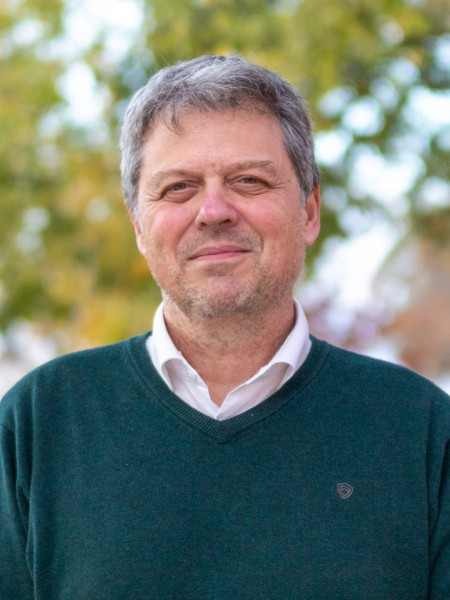abstract
Cell encapsulation systems are being increasingly applied as multifunctional strategies to regenerate tissues. Lessons afforded with encapsulation systems aiming to treat endocrine diseases seem to be highly valuable for the tissue engineering and regenerative medicine (TERM) systems of today, in which tissue regeneration and biomaterial integration are key components. Innumerous multifunctional systems for cell compartmentalization are being proposed to meet the specific needs required in the TERM field. Herein is reviewed the variable geometries proposed to produce cell encapsulation strategies toward tissue regeneration, including spherical and fiber-shaped systems, and other complex shapes and arrangements that better mimic the highly hierarchical organization of native tissues. The application of such principles in the TERM field brings new possibilities for the development of highly complex systems, which holds tremendous promise for tissue regeneration. The complex systems aim to recreate adequate environmental signals found in native tissue (in particular during the regenerative process) to control the cellular outcome, and conferring multifunctional properties, namely the incorporation of bioactive molecules and the ability to create smart and adaptative systems in response to different stimuli. The new multifunctional properties of such systems that are being employed to fulfill the requirements of the TERM field are also discussed.
keywords
MESENCHYMAL STEM-CELLS; GROWTH-FACTOR DELIVERY; EXTRACELLULAR-MATRIX; OSTEOGENIC DIFFERENTIATION; SUPERHYDROPHOBIC SURFACES; PHOTODEGRADABLE HYDROGELS; BIOMEDICAL APPLICATIONS; MAGNETIC NANOPARTICLES; COLLAGEN MICROSPHERES; INJECTABLE HYDROGEL
subject category
Engineering; Science & Technology - Other Topics; Materials Science
authors
Correia, CR; Reis, RL; Mano, JF
our authors
acknowledgements
The authors are grateful to the Portuguese Foundation for Science and Technology (Ph.D. Grant No. SFRH/BD/61126/2009) and the European Research Council (Grant Agreement No. ERC-2014-ADG-669858-ATLAS) for funding.



